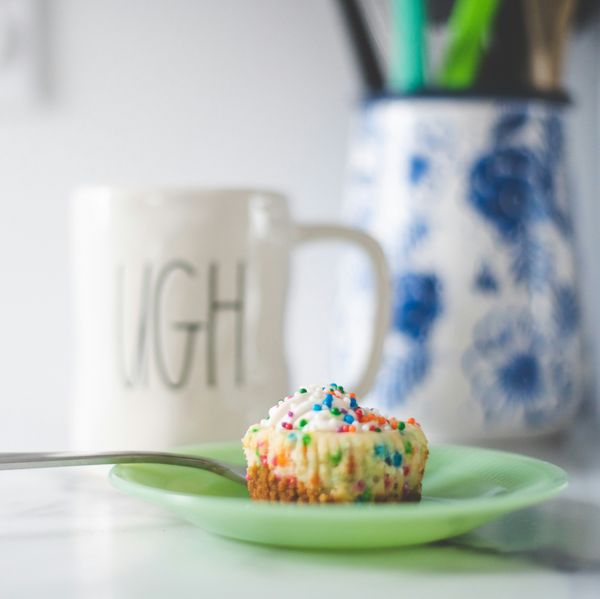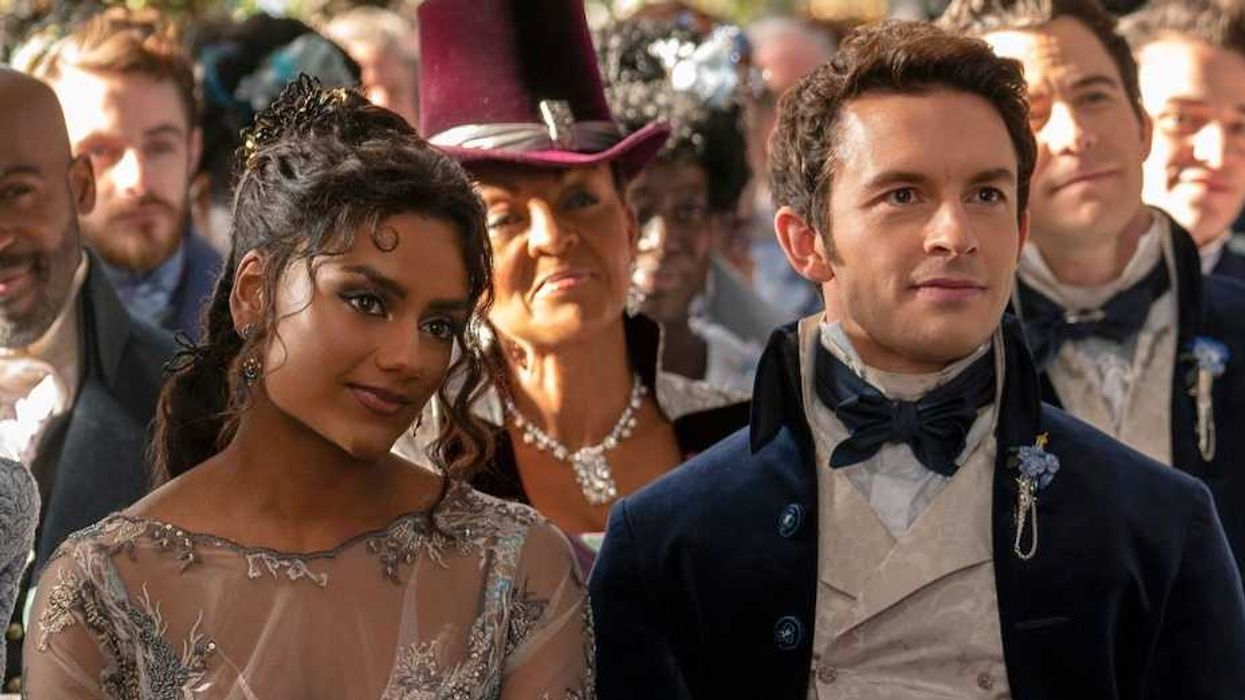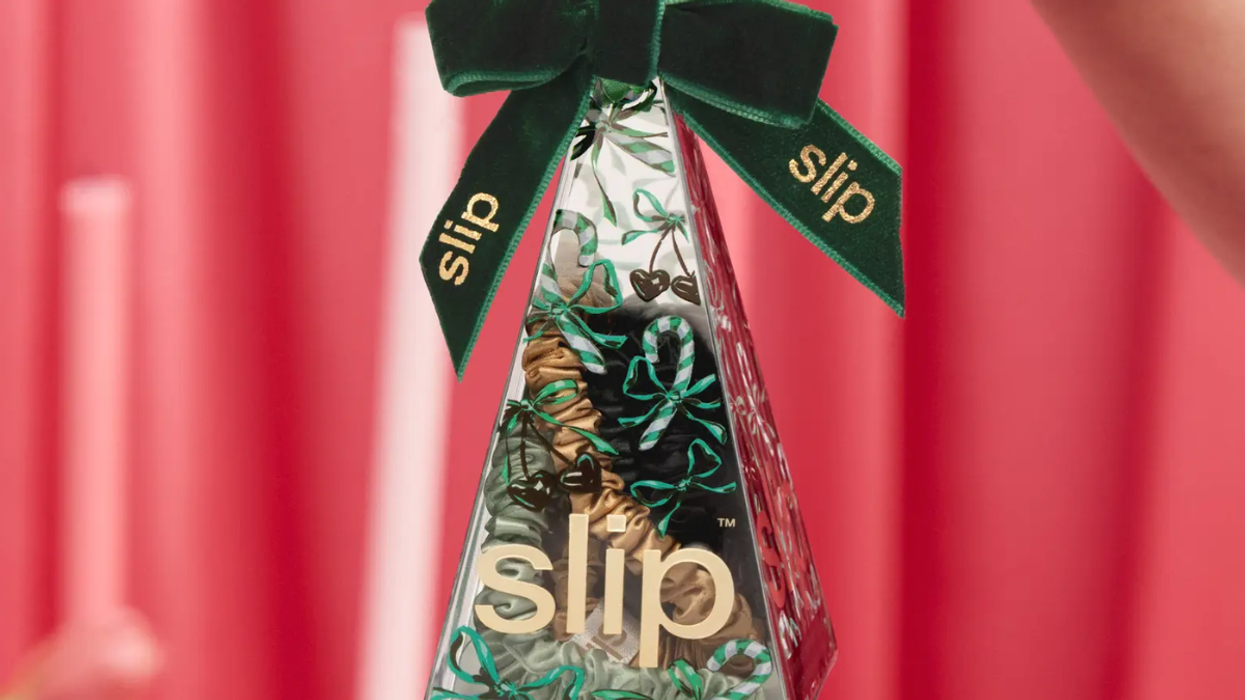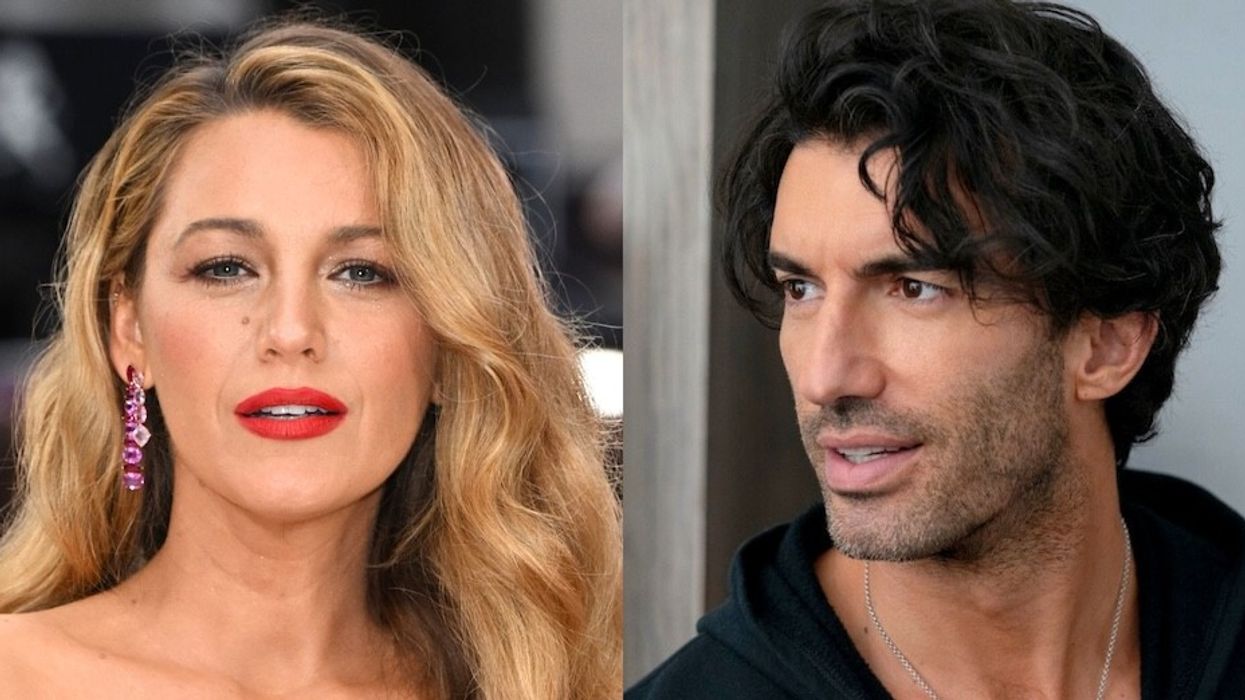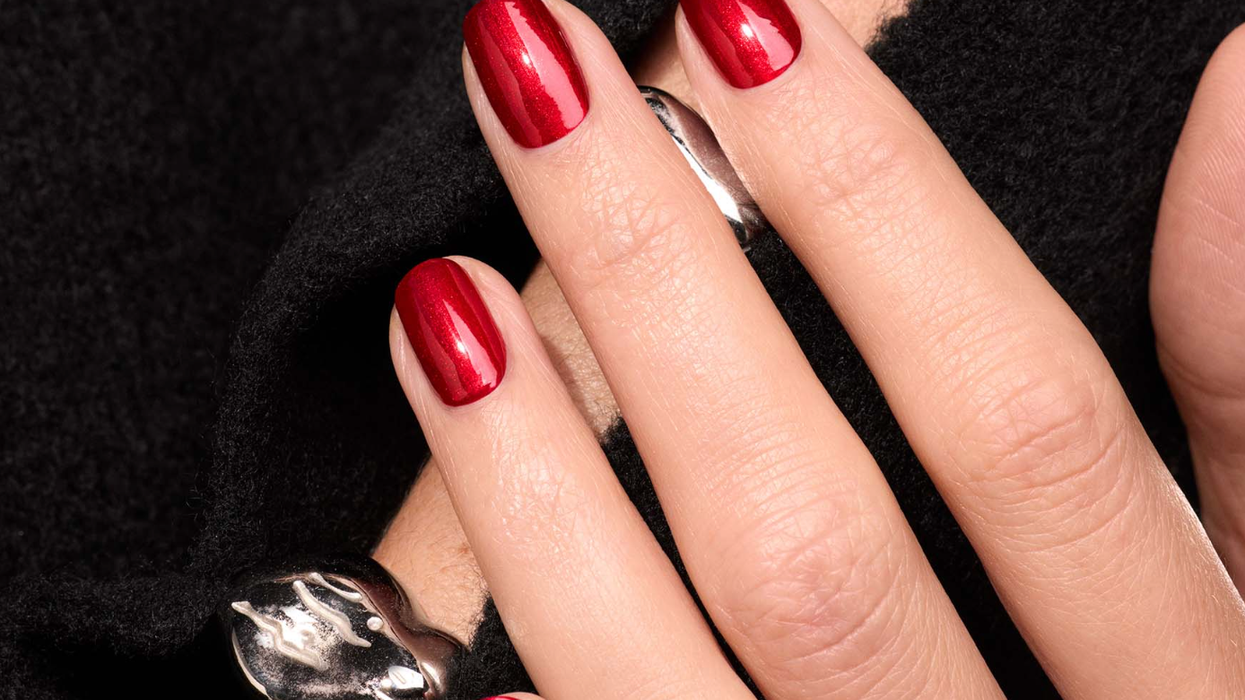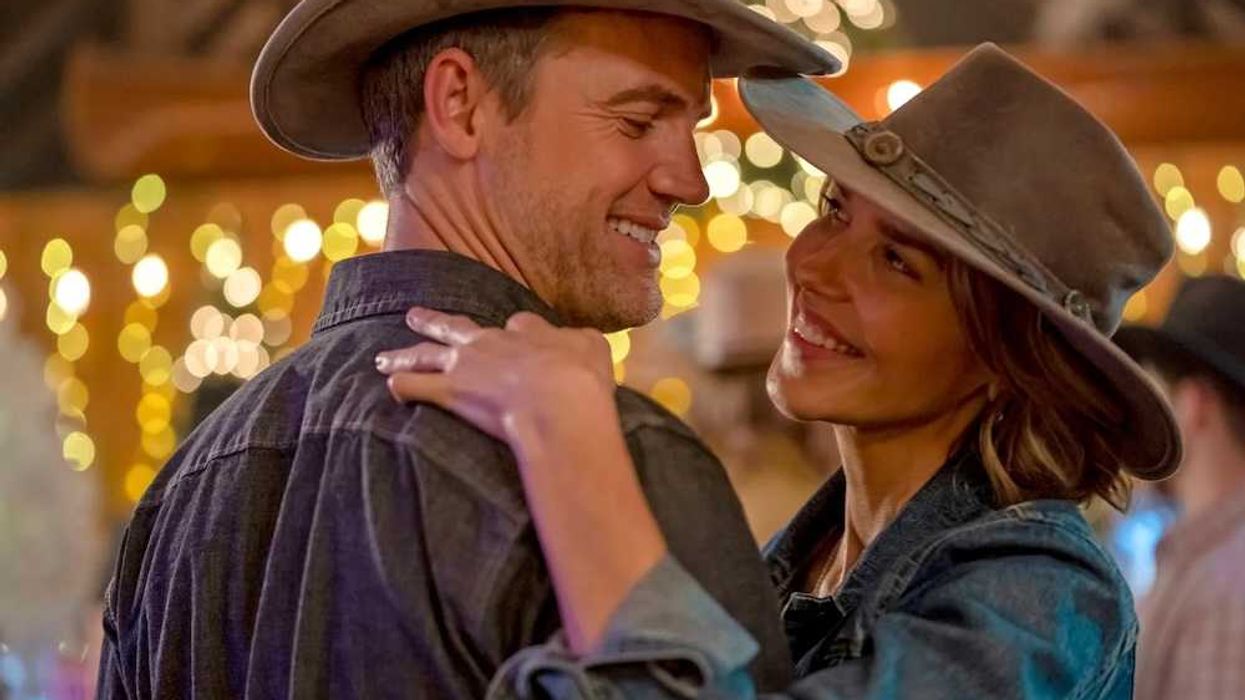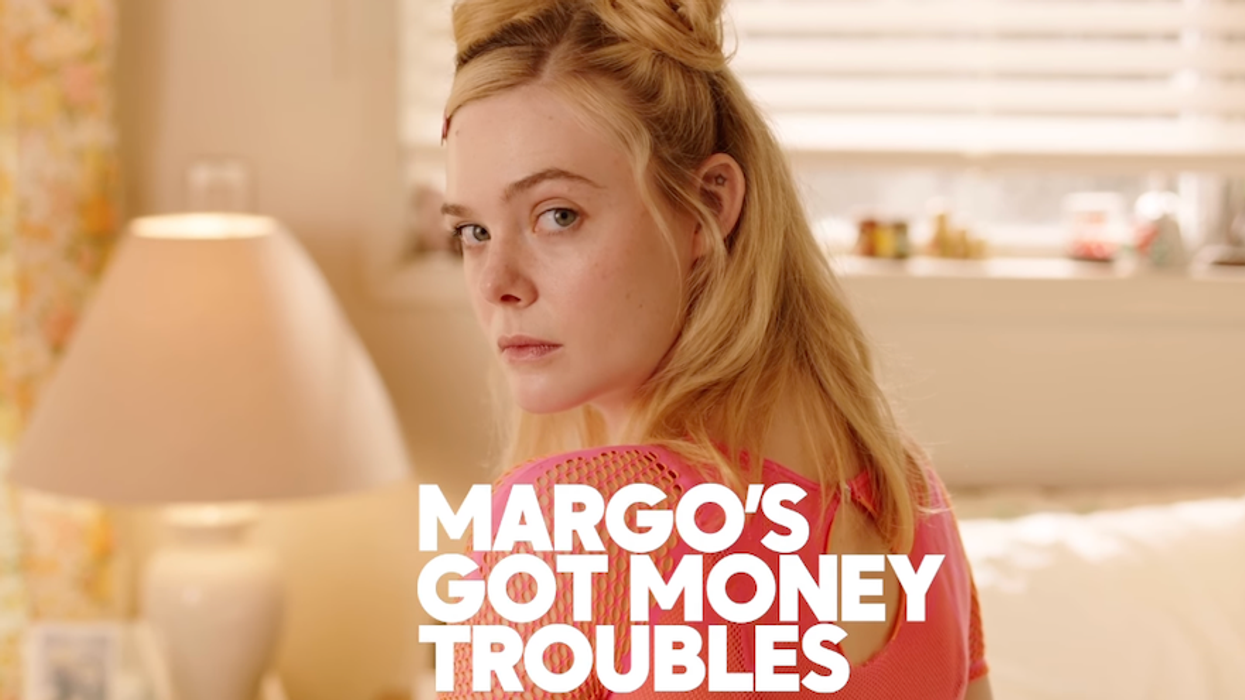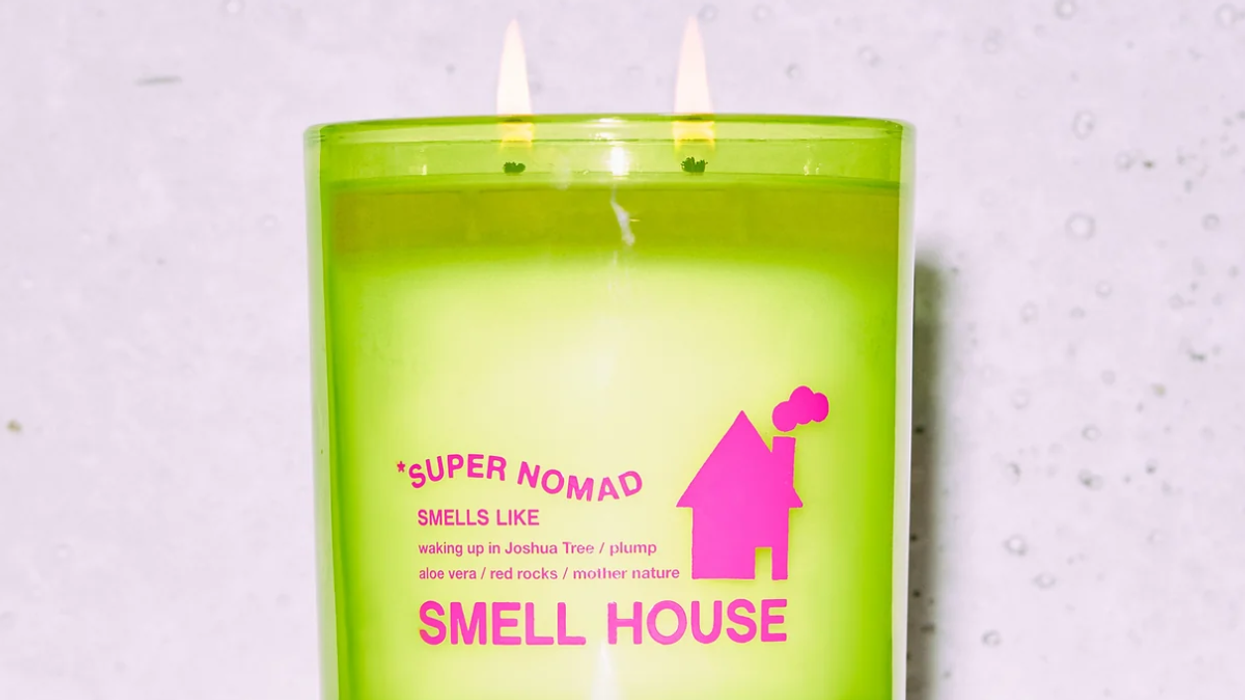The current phenomenon gets tried and tested.
Here’s What Happens When You Color Instead of Watch TV for a Week
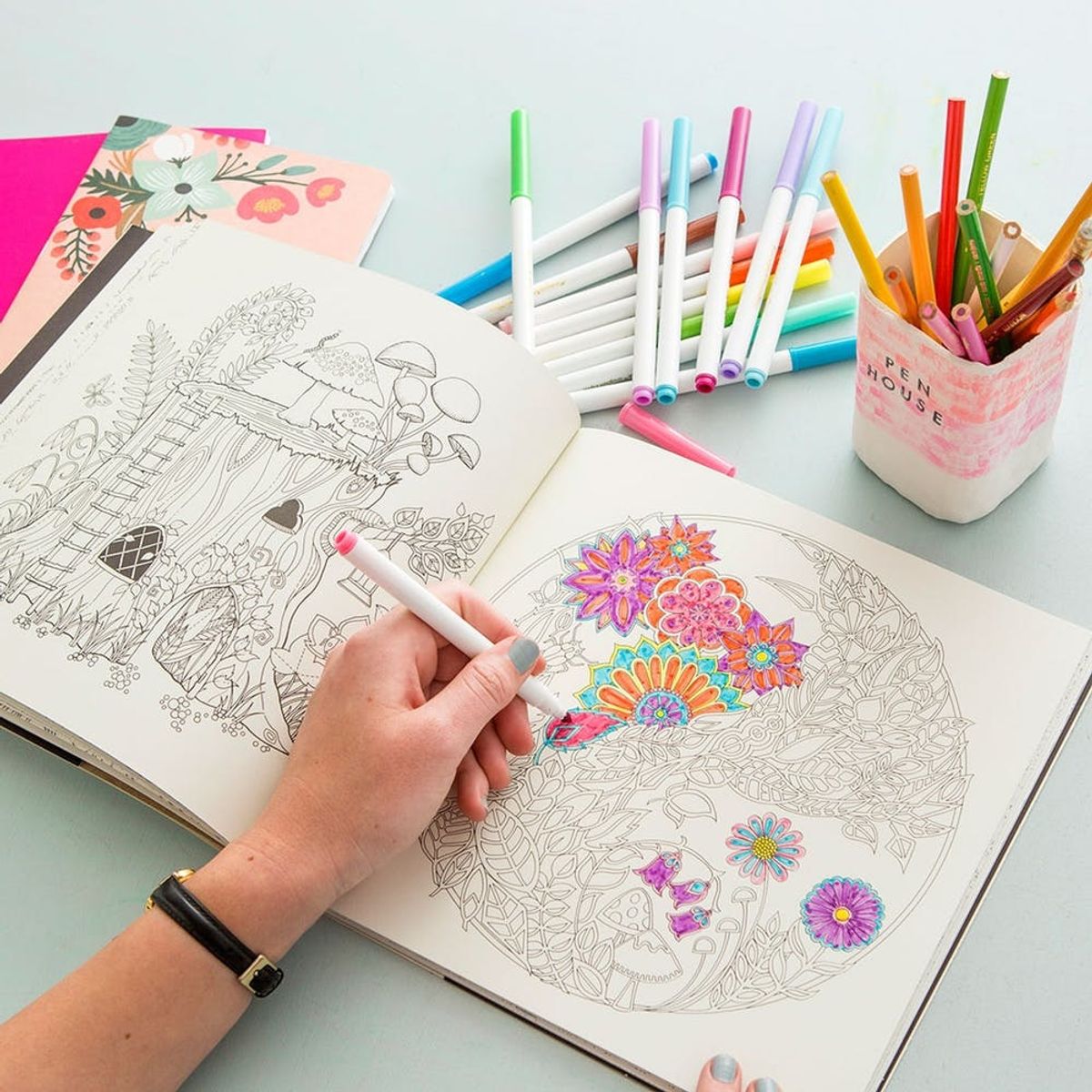
Usually when adults are looking to relax or let off steam they hit the gym, head to happy hour or zone out in front of the television — all of which are solid options. But there’s another stress-relieving activity gaining popularity — and it’s one you probably haven’t done since elementary school: coloring. Yes, you might want to trade that yoga mat in for a coloring book to reach a whole new kind of namaste.
The increase in interest toward this childlike pastime has stemmed largely from the recent popularity of The Enchanted Forest, a coloring book by UK-based illustrator Johanna Basford. The book has been topping best seller lists and sold 226,000 copies in just a month (her first coloring book has sold 1.5 million copies since its release in 2013). It’s easy to see why the book is achieving such a warm welcome. The pages are packed full of intricate drawings that offer up scenes of lush gardens, magical castles and whimsical animals. While it is a coloring book at its core, it does come with a bit of a narrative. You begin at the forest’s entrance, progress through woodland, rocky caves and tree-lined mazes, hop over streams and a waterfall and eventually find yourself at the entrance of a castle.
After hearing rave reviews for the book, I wanted to see what the fuss was all about. Could coloring as an adult actually have some kind of meditative effect I never noticed as a kid? Usually when I’m looking to relax, I head to a yoga class or bike to the beach near my house, but I was intrigued by this alternative that not only promoted stress relieving benefits, but also provided an easy creative outlet. What’s not to like about that? Before I picked up my markers, I wanted to get a professional’s take on the idea. So I called up Ikuko Acosta, the Director of the Graduate Art Therapy Program at NYU.
Ikuko told me there was no hard or fast rules in regards to a certain routine to follow. So for the week I spent coloring, I kind of made up my own. I did it every night for 30 minutes, right before bed with no TV and occasionally some background music.
Being a typical 20-something, I found it hard to shut off the TV and put away my phone at first. I constantly debated whether I should actually set aside time to color or spend that 30 minutes watching another episode of Parks and Rec before calling it a day. This mentality didn’t necessarily go away over the course of the week, but I always made the decision to color. And every time I’d get about 10 minutes in I was glad I had bid adieu to Leslie Knope (temporarily, of course).
For me, coloring did offer up a relaxing, meditative kind of effect. Sometimes I found myself in the zone, focused solely on the image. Sometimes my mind wandered, which was alright too. I was able to take time to digest my day and also had space to think about deeper things and issues in my life that I’d been putting off. I did play music a few times, but I learned that I was able to get more of a therapeutic result when it was just me, my thoughts and the coloring book.
As far as a creativity boost goes, I didn’t see an immediate connection between my creativity and my new hobby. I chose to color at night and then went to bed right afterward — maybe if I had woken up and colored in the beginning of the day or taken a break in Brit HQ’s conference room filled with crayons (and yes, called “Crayon”) while suffering from writer’s block, I could have seen a different result. Side note: While I didn’t become say, a graffiti artist or amateur Picasso after my experiment, I will say this – over the course of the week I was inspired to research other creative endeavors I could take on (piano lessons, floral arranging classes, knife cutting skills, etc). It may have been subliminal, but coloring definitely helped to spark that interest.
The Enchanted Forest’s images were fun to color in and utterly mesmerizing, but be warned — they are unbelievably intricate. So much so that I worked on one page for the majority of the week. You’ll look at it and think, “oh, there’s not that much to this” and then continue to discover more and more aspects to the drawing that you hadn’t noticed before. I did get a little discouraged after I’d been working on the same page for days and felt like I was getting nowhere.
Ikuko shared some professional insight on the use of coloring books for therapy beyond my experiment. While she wants to make it clear that she’ll never say coloring books are ineffective, Ikuko does have a few concerns about the new trend. She explains, “In the field of art therapy, coloring books aren’t always considered to be the most therapeutic because we often encourage someone to conjure up or bring something internal in the form of images or using colors and materials. So coloring books, which already come with pre-drawn images, would sort of take away the person’s more genuine thoughts and ideas.”
But when it comes to therapy (be that art-based or otherwise), different techniques work for different people. “Take children, for example,” Ikuko says. “They are very spontaneous. The minute you give them something they’re really eager to just draw or create. As you get older you start to become more conscious of your artistic skills and more reluctant.” Sound familiar? It did to me — this is something we also found (and saw!) to be true in our own research on creativity in children vs adults.
If you’re intimidated by the idea of embarking on a major art project, picking up a set of crayons and coloring in between a few lines can be a great way to get the process started.
Other instances in which Ikuko has seen this technique excel is in “normal, functioning people going through a tremendous depression who are completely stunted or numb and cannot create anything,” and in folks suffering from dementia or Alzheimer’s. She explains that the simple form of artistic expression “can help them reconnect to something concrete and real.”
But what about the average millennial who’s just looking for a new way to relax? If you’re not hoping to work through more serious issues and simply want a way to relieve stress and boost creativity, go ahead and give it a shot. Although, Ikuko does have one piece of crucial advice: The effect coloring can have on your mood can be majorly altered by the type of coloring book you choose. “If the coloring book’s images are very calm and soothing, full of sceneries or whatever it might conjure up different feelings to one that’s action-oriented, full of violence and movement,” she explains. “It kind of sets up a certain emotional state for the artist.” So maybe if you’re looking to escape the grimy, urban jungle, an enchanted forest is the perfect sort of world to dive into.
I’m not going to say that I committed to coloring for a week and became a new woman. The impact the activity had on me was noticeable; it was a nice way to end a busy, stressful day and definitely felt better and more productive than spending the evening only watching TV. I think an activity like knitting, embroidery or sewing might offer up the same sort of result.
But like Ikuko mentioned before, this practice can be a great form of self-guided art therapy if you’re feeling intimidated by an endeavour that requires more skill. If you find you’re a master at this, why wouldn’t you then be able to move onto something that allows a little more creative freedom?
It might be best to think of coloring books as a sort of creativity starter kit. They can help get your mind working in a different way and give you a taste of all the benefits artistic expression can bring. You might not feel like a brand new person after coloring in a few pages of enchanted woodlands, but it very well could give you the courage to try out another medium you didn’t think you would before.
Have you ever tried coloring or another arty activity for creativity + stress relief? How did it affect you? Share with us in the comments below.


